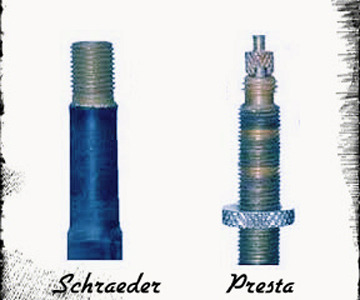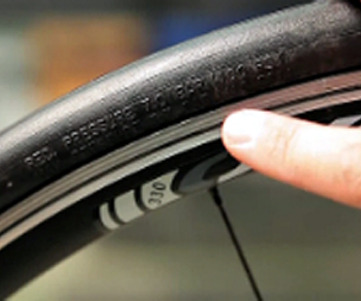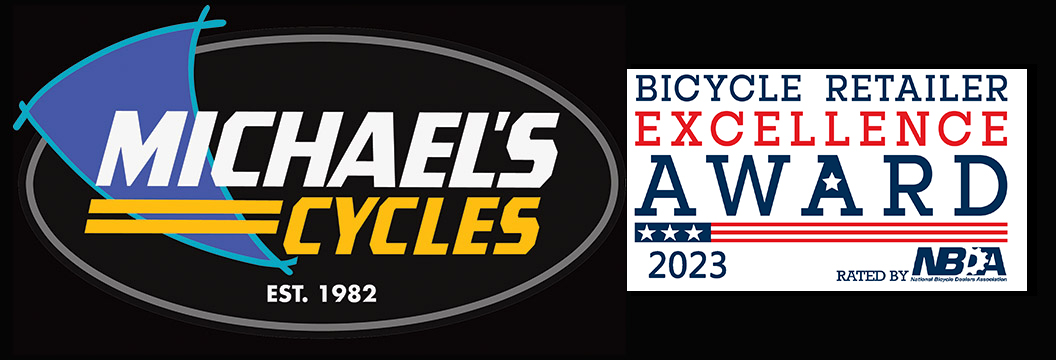How To Inflate A Bike Tire
The easiest way to keep your bicycle running well is regularly checking tire pressure. Properly inflated rubber rides best, lasts longest and resists flats. For high-pressure skinny road tires, check before every ride. For fatter rubber, such as what's on most off-road bikes, once a week is about right. But DON'T head to a service station and use the car-tire compressor! (They can explode a bike tire in seconds.)
Do it with your "floor" (home) pump. Here's how:

Step 1: Know your valve type
You need to know your tube's valve type to ensure that you purchase the correct tubes as replacements. And, so you know how to set up your pump, how to attach the pump to the valve and inflate the tire.To add or let air out of Presta valves, you must first unscrew the tip by turning it counterclockwise. To let air out, press down on the tip, which opens the valve. Also, before inflation, press down to make sure the valve is open.
For Schrader valves, to release air, press something into the valve to depress the valve core (the little pin inside the valve). To inflate, simply attach the pump and get to work.
Tips

Step 2: Use the correct pump
What kind of pump you buy depends on what you need it for. Pumps fall into two categories: Floor pumps for home use, and bike-mount pumps to carry with you on the road in case you have a flat. Floor pumps are much larger, pump more air per stroke, and take fewer strokes to inflate your tires. They are much faster and easier to use than the smaller bike-mount pumps, but of course, you can't take them with you on a ride. A bike-mount (or road pump) on the other hand, is designed specifically to be taken with you. Being very small, it takes a lot more work to inflate your tires with one, but if you have a flat on the road, which is why you take a pump, that's a secondary concern. So, the answer as to what kind of pump to buy is, buy a floor pump for home use, it's a lot less work to pump your tires, and buy a bike mount pump to take with you in case you flat on the road. Oh, and by the way, just about all our pumps are capable to inflate either Schraeder or those skinny little metal vales (Presta)!

Step 3: Check the Pressure
On most tires, the recommended pressure is printed on the sidewall. It's often written as a range, such as "90 to 120 psi (pounds per square inch)," which appears on some high-pressure road tires. Less pressure offers a more comfortable ride and more air means less rolling resistance. If you're inflating 26-inch tires (common on comfort and off-road bikes), you may find that the pressure range is wider, say "35 to 60 psi." This is because these tires can be used on and off road. For the former, 60 psi is about right because it rolls optimally on pavement. Off road, however, 35 to 40 psi is much more appropriate because it absorbs the bumps, rocks and roots better and offers greater traction for control and handling. For the fastest, most efficient riding, inflate your tires to the max pressure listed. But feel free to experiment within this range to find what feels best for you.
